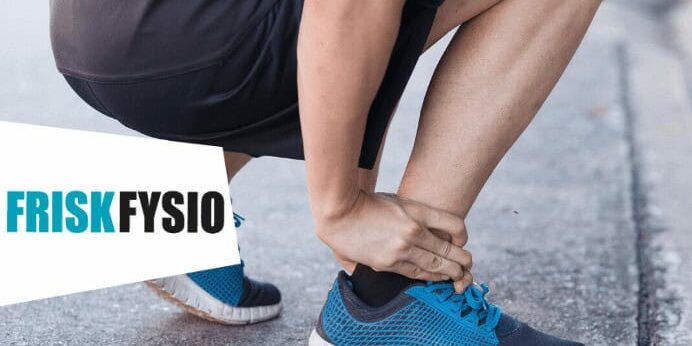Tendonitis is a painful and persistent injury to the tendon. The tendon is a type of ligament that connects muscles to a bone. When this ligament is overloaded, it can tear, causing irritation. In this case, we talk about tendinitis (tendinopathy). Actually, tendinitis is not an inflammation but an irritation. So tendinitis is a damage to the tendon that involves various symptoms.
Causes of tendinitis
Tendonitis can have several causes. For example, you can get it by repeating the same movement too often or by putting too much strain on the tendon. How tendonitis occurs varies from person to person, but what they have in common is that microscopic tears appear in the muscle. Tendons are very poorly perfused which results in the small tears being repaired by the body with a kind of scar tissue, which is naturally weaker. As we keep moving anyway, new tears develop in this weaker tissue, making the complaint worse. Often the pain is felt where the tendon attaches to the bone.
Recognising tendinitis
The most common symptoms associated with an irritated tendon are pain and irritation. How tendonitis feels varies from person to person. For some, the spot is red and swollen, for others it feels stiff. At first, you only feel pain when you have exerted yourself, later during exercise and at some point even at rest. Tendonitis often occurs in the shoulder, knee, hip or wrist. Well-known examples are tennis elbow and 'Jumpers Knee'.
What can I do myself in case of and tendonitis?
Most importantly, don't underestimate it. Ignoring the irritation will cause more and more symptoms. Resting does not work, in fact, staying in motion is important but a notch lower than you are used to. If you feel you are having trouble walking and have to limp, it is a warning from your body that you should definitely not ignore! Moreover, by limping, you are loading your body incorrectly and perpetuating the complaint. Normal loading is beneficial for improvement and recovery of the tendon irritation.
Physiotherapy for tendonitis at FriskFysio
With tendinopathy, you should be extra vigilant and never underestimate the pain. What we ask of you is that you keep moving but be careful not to overexert yourself in the process. It is difficult to find the right balance, fortunately we can help you with this. Depending on how far the complaint has progressed, we will draw up a treatment plan together with you. This therapy can consist of several components:
- exercises
- massage
- medical taping
- manual therapy
- dry needling
In addition, we advise you through which the risk of tendinopathy can be reduced and even prevented.







